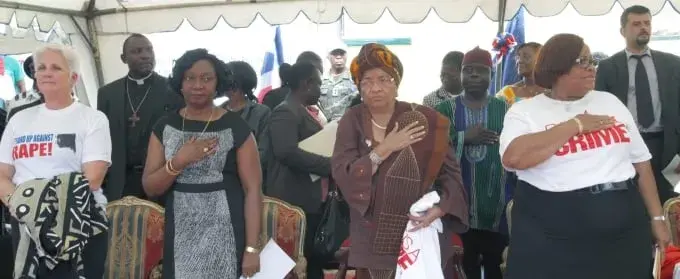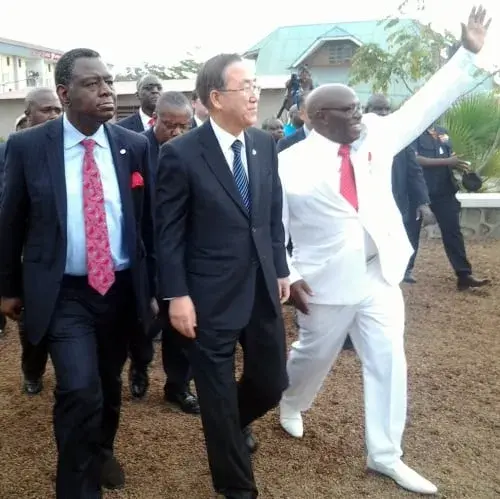Adolescence is a critical period that can determine the trajectory of girls’ lives. It is a stage at which key investments and support can set girls on a path towards empowerment, or when discrimination, recurrent constraints, harmful practices, and violence can send them down a negative spiral with lifelong consequences, not just for themselves, but for societies and future generations.
When adolescent girls are empowered, it benefits all. Empowered girls grow into empowered women who can care better for themselves and their families, increase their earning potential, serve as active and equal citizens and change agents, and spur economic growth for communities and nations.
All too often, however, deeply entrenched gender discrimination and social norms put adolescent girls at risk of violence, compromising their safe and healthy transition from childhood to adulthood. Violence can begin early in girls’ lives, but the gender dimensions of violence and abuse – physical, sexual and psychological – are more pronounced in adolescence. Life transitions, with the onset of puberty, heighten girls’ exposure to violence, harassment and abuse. The impact perpetuates a cycle of violence that persists into womanhood and beyond.
Empowering adolescent girls through education, technical and vocational education and training as well as life-skills, social support, knowledge and participation at this particularly vulnerable stage can help end the cycle of violence before it persists, or even before it begins.
International Day of the Girl Child
In recognition of the importance of investing in and empowering girls during adolescence and preventing and eliminating the various forms of violence they experience, the theme of International Day of the Girl Child for 2014 will be: Empowering Adolescent Girls: Ending the Cycle of Violence.
To take efforts to end all forms of violence against girls and women to the next level, it is important that we focus on adolescent girls and move beyond awareness-raising to investments in and support for this critical group that will shape the present and the future. Building on the United Nations Secretary-General’s UNiTE to End Violence against Women campaign, we must look at the opportunities initiatives such as Education for All and the global movement to end child marriage provide to empower adolescent girls and must ensure that they are protected from harm, are supported by family and friends, and are able to act in their own interest. It is time to consolidate good practice and focus on actions and results, paving the way for a more gender-equitable post-2015 development agenda and review of progress against the Beijing Declaration and Platform for Action.
Governments, the UN system, civil society, and public and private institutions are called on to join forces and reaffirm their commitment to end the scourge of violence against adolescent girls and to promote their empowerment by:
- Investing in adolescent girls to equip them with skills, confidence, and life options: through family, schools, technical and vocational education and training, and health, social and economic support systems
- Making infrastructure, services, and technology accessible to girls and effective in meeting their needs for safety, connectivity and mobility,
- Facilitating adolescent girls engagement in civic, economic and political life
- Continuing to advocate for making violence against girls and women visible and unacceptable both in private and public domains
- Strengthening data, measurement and the evidence base in relation to the empowerment of and violence against adolescent girls.




